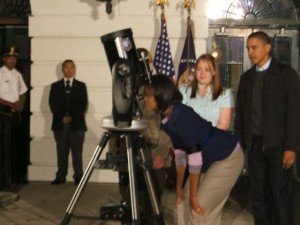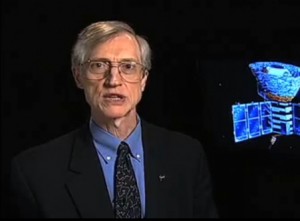Friday evening was very enjoyable indeed, with some arts and literature near the start, and live scientific research toward the end. It began with a nice trundle across town on the 920 bus, when it eventually arrived (why are there still so many long gaps in the 720 and 920 schedules at crucial times of the day?) heading over to Westwood to the UCLA campus. I listened to music, read Jonathan Gold’s column in the LA Weekly, and listened to conversations around me. I got to Westwood and Wilshire after half an hour or so and walked up to campus and to Royce Hall, getting coffee on the way and even stopping in to an AT&T store to check on something. The campus was surprisingly quiet at 7:30 or so and I made my way over to Royce Hall, sending a text to a friend about later.
Besides the environmental reason I like to try to take public transport, it is also nice to plan it out and then be 15 minutes early and nice and relaxed before an event, and not be arriving all stressed due to traffic and then worried about parking and so forth. The show started late (as everything does in LA because there is a tacit assumption that everyone will be late due to traffic and parking and so people mostly were late because, of course, they know this assumption is in place. (At the 8:00pm actual official start time only about 20% of the audience that would arrive in the next 15 minutes were actually seated.)
 The event, you’ll recall, was all about Margaret Atwood’s new book Year of the Flood. The author and the actors and musicians came onto the nicely decorated set and started with one of the songs specially written for the event. There is a limited set of engagements in 16 or 20 (I’ve forgotten) cities performing this reading and this is one of them. Margaret Atwood was the narrator and there were three actors reading the parts of three characters from the book. A central cult/religion that appears in the book (and the previous book with […] Click to continue reading this post →
The event, you’ll recall, was all about Margaret Atwood’s new book Year of the Flood. The author and the actors and musicians came onto the nicely decorated set and started with one of the songs specially written for the event. There is a limited set of engagements in 16 or 20 (I’ve forgotten) cities performing this reading and this is one of them. Margaret Atwood was the narrator and there were three actors reading the parts of three characters from the book. A central cult/religion that appears in the book (and the previous book with […] Click to continue reading this post →
 My friend, The Universe co-contributor, and colleague Amy Mainzer (JPL) is rubbing gloved hands together in the chilly night air up at Vandenberg. Well, ok, if not this very moment, she probably will be at various points this evening and into the wee hours of the morning. The launch pad for WISE (the mission on which Amy is deputy project scientist) is set, and everything is ready to go! See my earlier post about what […] Click to continue reading this post
My friend, The Universe co-contributor, and colleague Amy Mainzer (JPL) is rubbing gloved hands together in the chilly night air up at Vandenberg. Well, ok, if not this very moment, she probably will be at various points this evening and into the wee hours of the morning. The launch pad for WISE (the mission on which Amy is deputy project scientist) is set, and everything is ready to go! See my earlier post about what […] Click to continue reading this post 

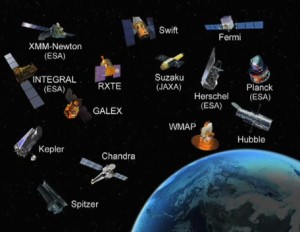

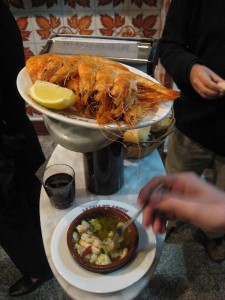

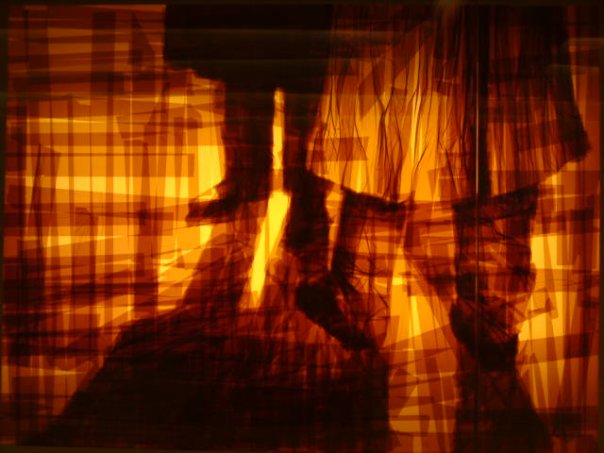
 Another meteor shower is almost upon us. Next week it is the turn of the Leonids. Now, as the name implies, these have their apparent origin in the constellation Leo. So how visible it will be for you, if you live in an urban area, might depend upon Leo’s position in the sky relative to your local bright city lights at the time of viewing. But it is worth trying. Look for a public park, rooftop, or other open area of sky. Parks can be better for pulling you away from some of the immediate lights, and then sit still and look at one patch of sky steadily for a while (generally in the right direction!) To get guidance, have […]
Another meteor shower is almost upon us. Next week it is the turn of the Leonids. Now, as the name implies, these have their apparent origin in the constellation Leo. So how visible it will be for you, if you live in an urban area, might depend upon Leo’s position in the sky relative to your local bright city lights at the time of viewing. But it is worth trying. Look for a public park, rooftop, or other open area of sky. Parks can be better for pulling you away from some of the immediate lights, and then sit still and look at one patch of sky steadily for a while (generally in the right direction!) To get guidance, have […] 
 You may recall my mentioning a
You may recall my mentioning a 